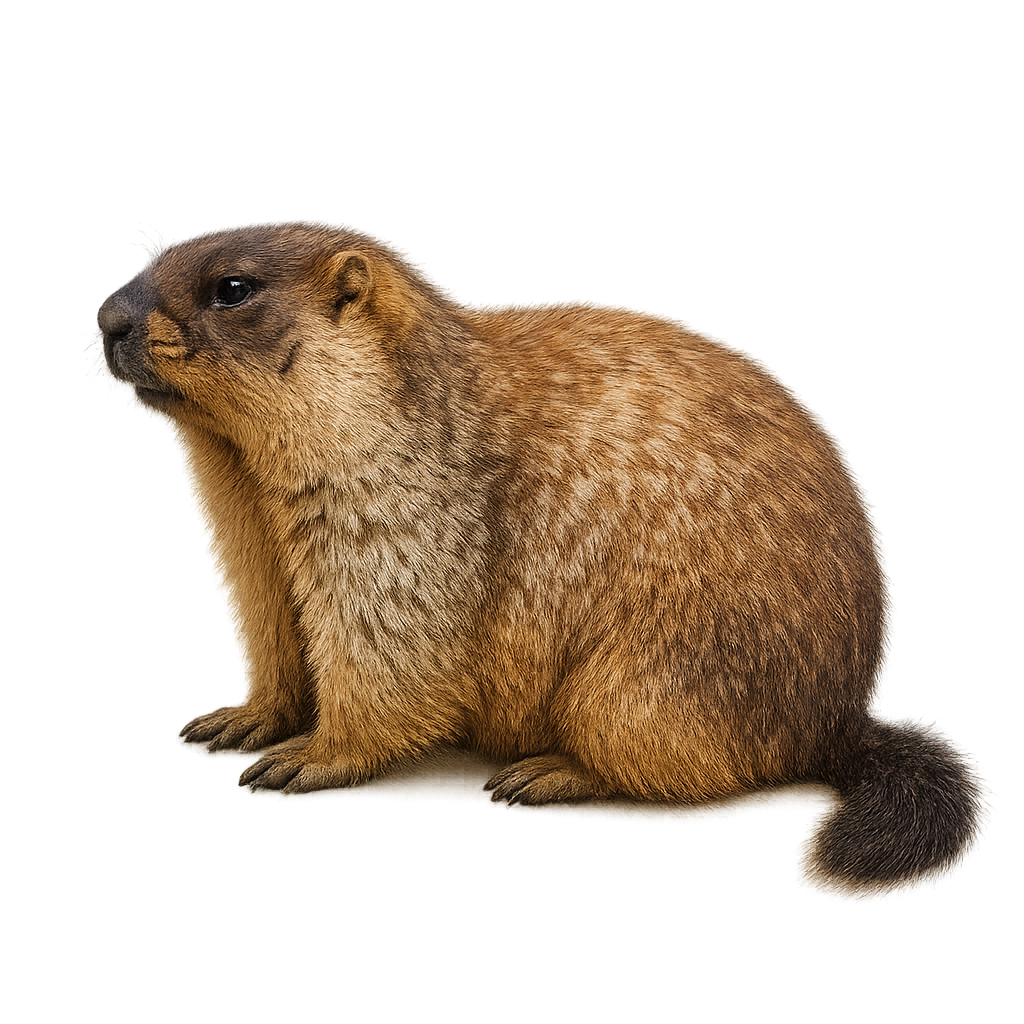Your wildlife photography guide.
Explore the siberian marmot in detail, study its behavior, prepare your shots.
Where to observe and photograph the siberian marmot in the wild
Learn where and when to spot the siberian marmot in the wild, how to identify the species based on distinctive features, and what natural environments it inhabits. The WildlifePhotographer app offers tailored photography tips that reflect the siberian marmot’s behavior, helping you capture better wildlife images. Explore the full species profile for key information including description, habitat, active periods, and approach techniques.
Siberian Marmot
Scientific name: Marmota sibirica

IUCN Status: Vulnerable
Family: SCIURIDAE
Group: Mammals
Sensitivity to human approach: Suspicious
Minimum approach distance: 10 m
Rut period: April to May
Gestation: 40-42 jours
Births: May to June
Habitat:
Steppes, grasslands, mountains
Activity period :
Primarily active during the day, with peak activity in the morning and late afternoon.
Identification and description:
The Siberian marmot, Marmota sibirica, is a large rodent belonging to the Sciuridae family. It is primarily found in the steppes and grasslands of Mongolia, Russia, and northern China. This mammal is well adapted to cold climates, spending much of the year in hibernation. Its thick, dense fur ranges from brown to gray, providing excellent insulation against freezing temperatures. Siberian marmots live in colonies and dig extensive burrow systems to protect themselves from predators and harsh weather. They primarily feed on grasses, roots, and seeds. Although their population is stable, they are sometimes hunted for their fur and fat.
Recommended lens:
400 mm – adjust based on distance, desired framing (portrait or habitat), and approach conditions.
Photography tips:
To photograph the Siberian marmot, it is advisable to use a telephoto lens of at least 400mm to capture detailed images without disturbing the animal. Marmots are more active during daylight hours, so plan your photo session accordingly. Approach slowly and maintain a distance of at least 10 meters to avoid startling them. Use a tripod to stabilize your camera for sharp shots. Take advantage of the natural morning or afternoon light for better lighting conditions.
The WildlifePhotographer App is coming soon!
Be the first to explore the best nature spots, track rutting seasons, log your observations, and observe more wildlife.
Already 1 430 wildlife lovers subscribed worldwide

